Watercolors transform the ordinary sketchbook into a space where light, pigment, and emotion meet. As fluid as thought and as unpredictable as inspiration itself, watercolor offers a uniquely intuitive way to express depth, mood, and creativity. Whether you’re a seasoned artist or just dabbling in your first brushstrokes, understanding watercolor’s nuances will expand how your sketchbook captures the world.
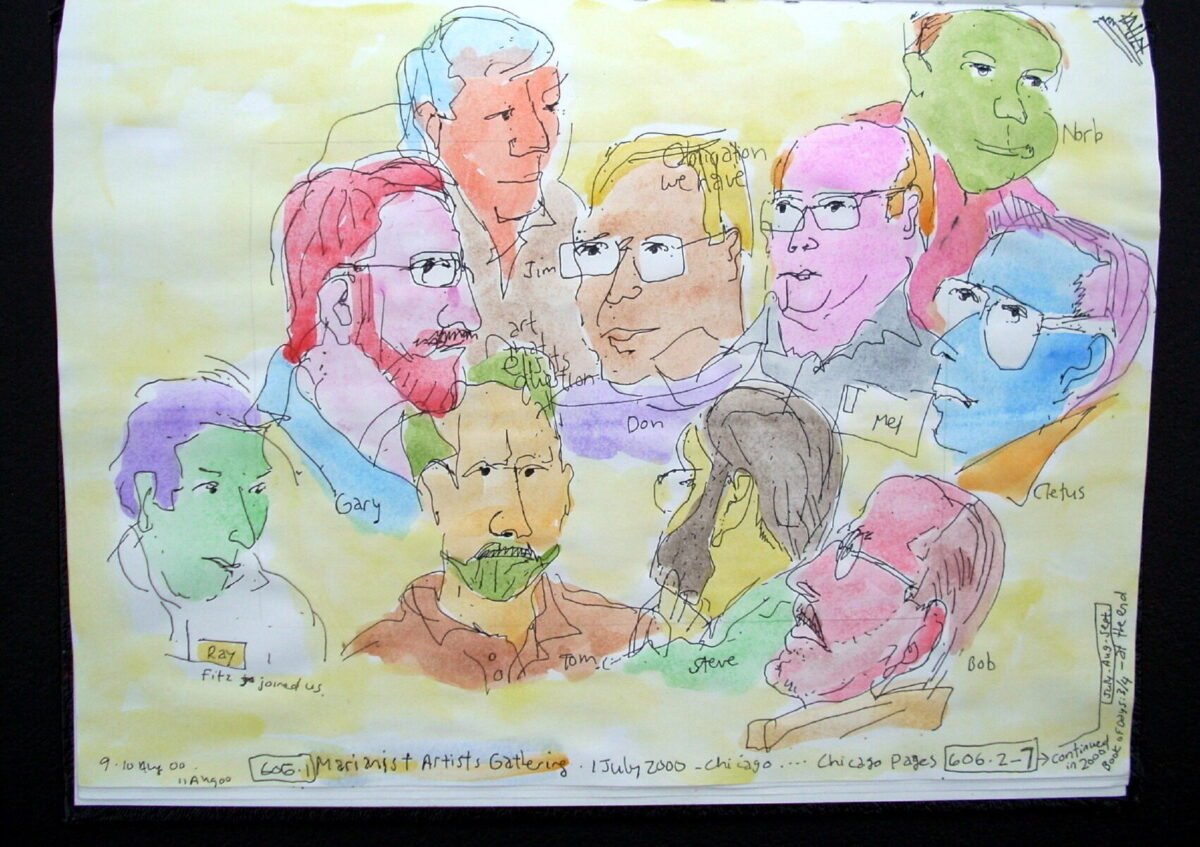
credit: ABZ
Why Watercolor Belongs in Your Sketchbook
Sketchbooks Are Intimate Spaces—Diaries for Visuals
Spontaneity Over Polish, Emotion Over Perfection
Watercolor belongs in your sketchbook because it embraces impermanence, intuition, and emotional tone. Unlike mediums that demand control, watercolor thrives in the unexpected. It supports spontaneity, experimentation, and gentle chaos—qualities that align beautifully with the sketchbook’s role as a private playground for ideas. You don’t need a final, polished result to feel the impact; even a loose wash or bleeding edge can evoke mood, memory, and movement. In this space, watercolor becomes less about technique and more about feeling your way through the page.
Unlocking Texture and Emotion
Transparency, Layering, and Dreamlike Possibilities
The real magic of watercolor lies in its transparency and layering potential. Soft gradients, bleeding colors, and the unexpected mingling of pigment create dreamlike compositions that resist replication. Each stroke carries a sense of fluidity, fragility, and freedom. You can build atmosphere with a single wash, suggest depth with overlapping tones, or let the water carry emotion across the page. It’s a medium that listens to your mood and responds with texture—a whisper, a bloom, a storm.
Portability Meets Possibility
Paint Anywhere, Feel Everything
All you need is a compact watercolor set, a water brush, and the right paper. Sketchbooks with mixed media pages or dedicated watercolor sheets support this mobile art form, allowing you to capture scenes en plein air, in studio solitude, or curled up in a quiet corner. Watercolor invites you to paint without pressure, to document without judgment, and to feel without filter. It’s a medium that turns your sketchbook into a traveling diary, a mood journal, and a canvas for emotion—all at once.
Sketchbooks.org | VISUAL RESEARCH HUB
Sketchbook Watercolor Examples
Visual research is critical for any creative endeavor. We have compiled specialized links to lead you directly to images, videos, and inspiration for "Sketchbook Watercolor Examples" across the web's best visual search platforms.
Choosing the Right Sketchbook for Watercolor
To Harness Watercolor’s Full Potential
Your Paper Must Be as Responsive as Your Paint
Watercolor sketching demands a surface that can hold emotion without falling apart. To truly unlock the medium’s expressive power, your sketchbook must be compatible with water, movement, and layering. Look for paper weight of at least 200gsm—this helps prevent warping, buckling, and pigment separation. Choose spiral or stitched binding that allows pages to lie fully flat, giving you freedom to work across spreads or tilt your sketchbook without resistance. Consider paper texture: cold-press offers a soft, absorbent surface ideal for loose washes and granulation, while hot-press provides a smooth finish for crisp detail and controlled edges. Above all, seek acid-free pages that are thick, durable, and specifically labeled for watercolor or mixed media. This strong foundation ensures your sketches stay vibrant, intact, and emotionally resonant—whether you’re painting a fleeting moment or building a layered composition.
Essential Watercolor Tools for Sketchbook Artists
Equipping yourself with the right materials sets you up for success—and spontaneity.
Portable Watercolor Kit
- Watercolor pans or travel tins: Easy to carry and refill
- Water brushes: Built-in reservoir for on-the-go painting
- Masking tape: Prevents bleed-through and creates clean edges
- Palette paper: Mix colors without mess
Paper & Support
- Sketchbook with heavy cotton paper
- Backing board: Optional but useful when painting outside or upright
Techniques That Shine in Sketchbooks
Watercolor Thrives on Accidents and Happy Discoveries
Embrace the Medium’s Nature in a Low-Pressure Space
Watercolor is a medium that rewards curiosity, patience, and play. In the sketchbook—where perfection isn’t the goal—it shines brightest. These techniques embrace watercolor’s fluid personality and fit sketchbook environments perfectly, allowing artists to explore without fear and discover without constraint.
Layering & Glazing
Build Color Gradually, Let Depth Emerge
Layering and glazing allow you to build color slowly, enhancing depth through transparent washes. Let each layer fully dry before adding the next to avoid muddiness and preserve clarity. This technique is ideal for creating atmospheric effects, subtle transitions, and emotional tone shifts. In a sketchbook, it teaches patience and intentionality—how to let the painting breathe between decisions.
Wet-on-Wet Exploration
Let Water Lead the Way
Wet-on-wet is watercolor’s most intuitive and magical technique. Apply water to the page first, then drop pigment into it. Watch colors bloom organically, forming soft-edged transitions and unexpected minglings. This approach is perfect for backgrounds, mood-heavy pieces, or dreamlike compositions that resist control. It invites you to respond, not dictate—to let the medium speak.
Controlled Detail
Precision Without Losing Fluidity
For moments that require focus and finesse, use dry brushes on dry paper. This technique offers precision, making it ideal for fine textures, illustration edges, or handwritten notes in mixed-media layouts. It balances watercolor’s softness with intentional mark-making, helping you integrate detail without losing the medium’s expressive heart.
Integrating Watercolor with Other Mediums
Watercolor Loves Company
Mixing Media Adds Character and Clarity
Watercolor is a generous medium—it welcomes collaboration. When paired with other tools, it gains structure, contrast, and narrative clarity, turning your sketchbook into a layered playground of texture and tone. These combinations allow you to balance watercolor’s softness with intentional mark-making, creating pages that feel both fluid and focused.
Ink and Linework
Define Before or After the Wash
Lay down pen or fineliner either before or after your watercolor washes. When used beforehand, waterproof ink anchors the composition, allowing watercolor to glide around the lines and add mood, depth, or atmosphere. When added afterward, ink can reinforce edges, add detail, or introduce contrast—perfect for illustrated scenes, comics, or visual journaling.
Graphite or Colored Pencil
Subtle Structure Beneath the Surface
Use light graphite or wax-based colored pencils beneath your watercolor layers. These mediums provide gentle structure without overpowering the paint. Graphite offers tonal guidance, while colored pencils can suggest hue and texture that watercolor builds upon. This pairing is ideal for mixed-media layouts, character studies, or softly rendered environments.
Gouache Touchups
Opaque Highlights and Confident Corrections
For opaque highlights, coverage corrections, or bold accents, gouache pairs beautifully with watercolor. It maintains the paper’s integrity while offering solid color, matte finish, and layering control. Use it to restore lost whites, add graphic punch, or balance transparency with opacity. Gouache is watercolor’s confident cousin—perfect for refining without erasing the spontaneity.
Inspiration Sources for Watercolor Sketching
Looking for Fresh Ideas?
Let Your Sketchbook Reflect the World Around—and Within
Watercolor sketching thrives on observation, emotion, and impression. Whether you’re painting from life or memory, your sketchbook becomes a space to explore the world’s textures and your own internal landscapes. These inspiration sources invite you to respond with fluidity, curiosity, and heart.
Nature Studies
Capture Gradients, Textures, and Organic Beauty
Leaves, skies, birds, and other natural forms are perfect subjects for watercolor’s transparency and layering. You can explore soft gradients, bleeding edges, and subtle tonal shifts that mimic the way light moves through nature. These studies build your understanding of organic structure while encouraging gentle observation and emotional connection to the world outside.
Travel Journals
Paint the Places That Shape You
Travel sketching with watercolor allows you to create visual records of your journey—whether it’s a distant city or your own backyard. Use soft landscape impressions, urban sketches, and handwritten notes in the margins to document mood, memory, and movement. Watercolor’s portability and immediacy make it ideal for en plein air moments and quiet reflections, turning your sketchbook into a passport of feeling.
Mood Sketches
Express What Words Can’t
Sometimes the most powerful sketches aren’t representational—they’re emotional. Use abstract washes, color fields, and layered transparencies to express inner states or atmosphere-driven impressions. Let the pigment flow where your thoughts can’t. These mood sketches become emotional snapshots, helping you process, reflect, and communicate without needing a single line of dialogue.
Common Watercolor Challenges (And Easy Fixes)
Watercolor can be unruly. But you don’t need to tame it—just learn to ride the wave.
| Problem | Solution |
|---|---|
| Warped pages | Use heavier paper or stretch before painting |
| Unwanted mixing | Allow layers to dry fully before reapplying pigment |
| Bleeding edges | Control water amount and use masking tape |
| Muddy colors | Rinse brush between colors and avoid over-mixing |
| Limited contrast | Combine watercolor with ink or deepen via layering |
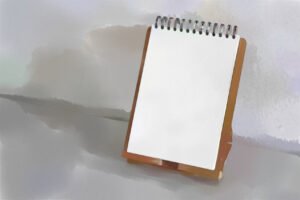
Sketchbooks.org | SKETCHBOOK KINDS
People Use Their Sketchbooks in Unique Ways | Beyond the Page
Far More Than Blank Canvases for Drawing Sketchbooks are dynamic tools for experimentation, emotional processing, creative problem-solving, and personal storytelling. Sketchbooks in Unique Ways. While most think of them as spaces for sketches and figure...
Frequently Asked Questions
Can I use watercolor in any sketchbook?
Only if it has thick, textured paper—otherwise it may buckle or bleed.
What’s the best paper weight for watercolor sketching?
200gsm or higher prevents warping and holds pigment well.
Do I need a special brush for sketchbook watercolor?
Water brushes are perfect for portability but any watercolor brush will work.
How can I fix mistakes in watercolor?
Lift pigment with a clean damp brush or blot gently—some effects may be irreversible.
Is watercolor archival in sketchbooks?
Yes, with artist-grade pigment and acid-free paper, your work can last.
Can I sketch first with pencil then watercolor?
Absolutely—just erase gently afterward or use non-reactive graphite.
Will watercolors bleed through the page?
Only on thin or unprimed paper—choose quality sketchbooks to prevent it.
Can I layer watercolors without muddying the colors?
Yes, let each layer dry fully and use transparent pigments selectively.
What’s the difference between cold-press and hot-press paper?
Cold-press has texture and grip; hot-press is smoother for detailed work.
Final Thoughts
Watercolor in sketchbooks invites chaos and clarity in equal measure. It’s a medium of emotion, spontaneity, and beautiful imperfection—ideal for artists who value process as much as product. With the right tools and mindset, you’ll turn each page into a fluid, unpredictable canvas filled with stories only water and pigment can tell.
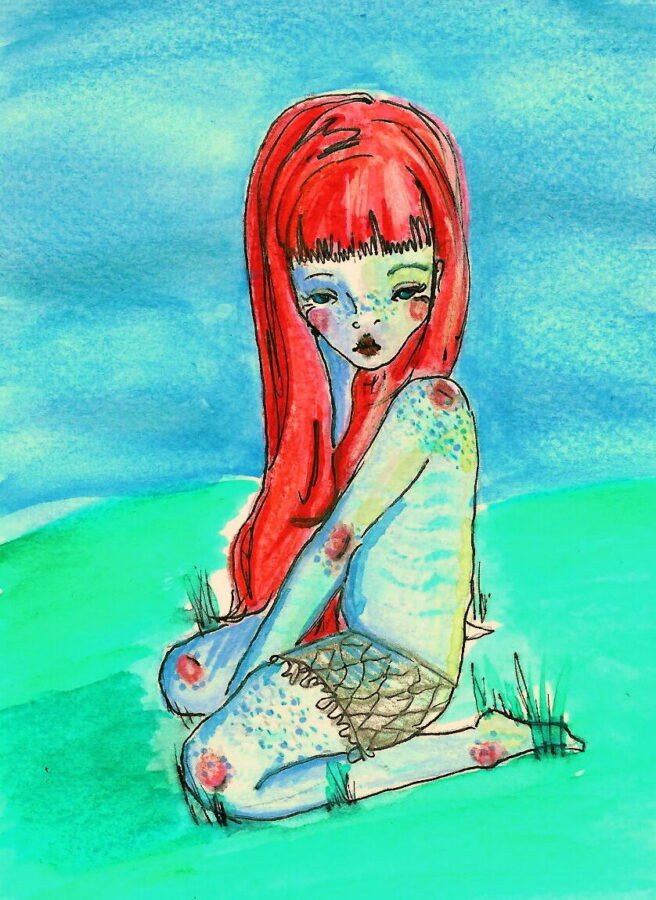
credit: MEGCANTU
Ready to Share Your Work?
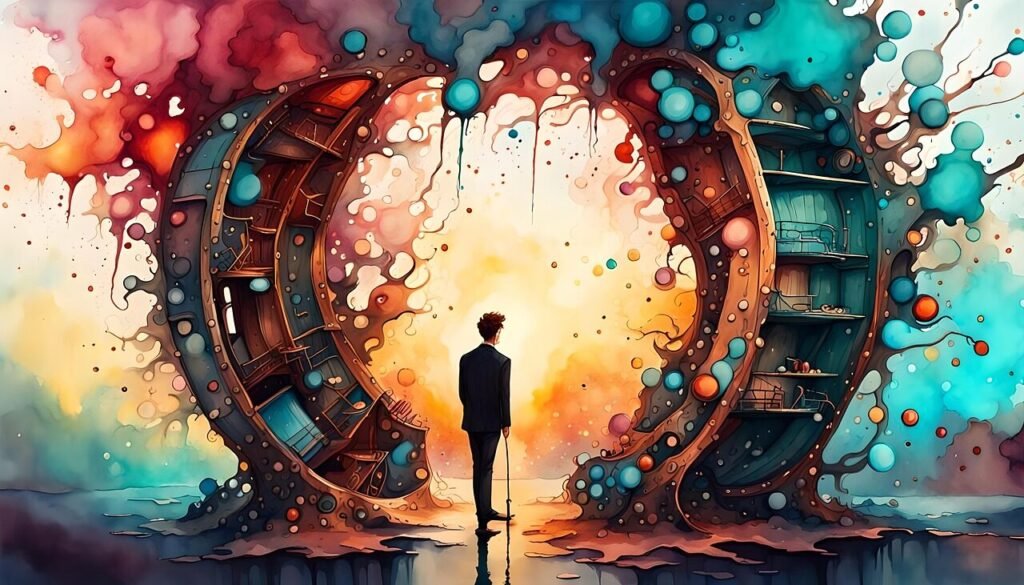

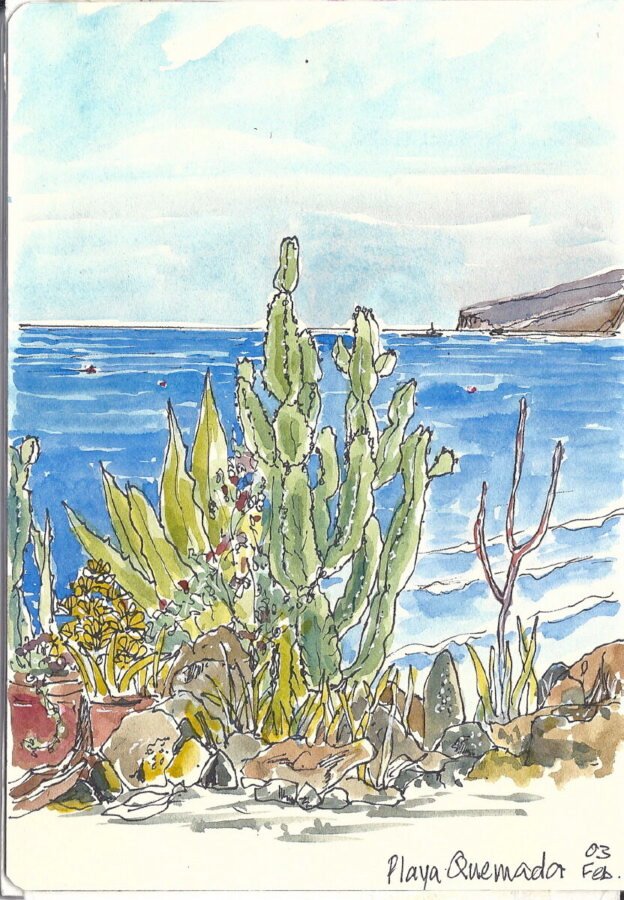
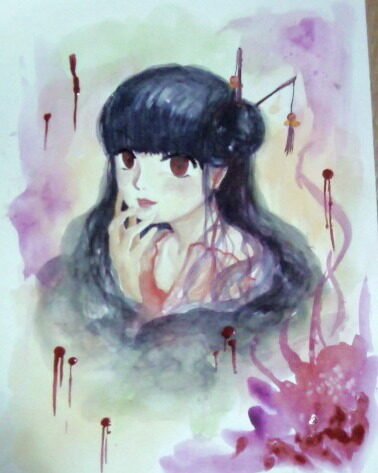
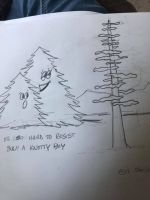
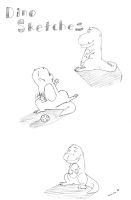
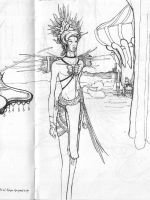
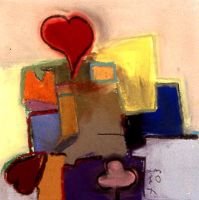

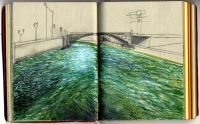

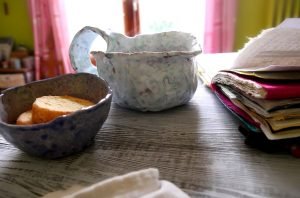

Watercolors and sketchbooking go hand and hand. Color brings such life to sketches with minimal effort.